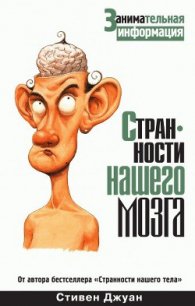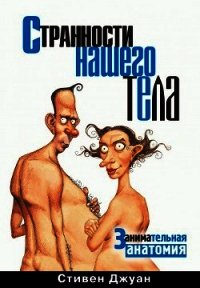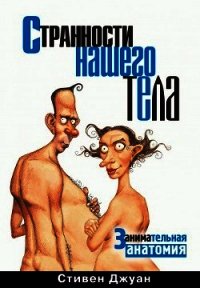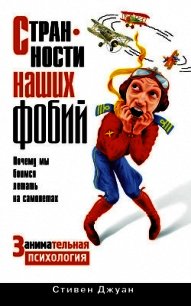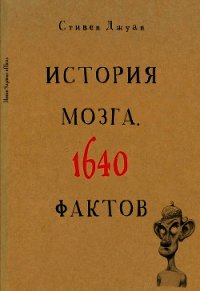Могут ли поцелуи продлить жизнь? - Джуан Стивен (читать книги бесплатно .TXT) 📗
Dr Alan Greene is a clinical professor at the School of Medicine at Stanford University and chief medical officer of ADAM, a medical information organisation.
352
Dr Robert Baran is from the Nail Disease Centre in Cannes, France.
353
J. Brody, ‘Fingernails can reveal much about habits and health’, New York Times,22 January 1990, pp. B3—B4.
354
Committee on Sports Medicine and Fitness and Council on School Health, American Academy of Pediatrics, Active healthy living: Prevention of childhood obesity through increased physical activity’, Pediatrics,2006, vol. 171, no. 5, pp. 1834–1842.
355
National Association for Sport and Physical Education, Active Start: A Statement of PhysicalActivity Guidelines for Children Birth to Five Years,National Association for Sport and Physical Education, Reston, Virginia, 2001.
356
Centre for Community Child Health, Royal Children’s Hospital, Melbourne, ‘Leaping early in life”, Community PaediatricReview, 2006, vol. 15, no. 4, pp. 4–5.
357
H. Klawans, Strange Behaviour: Tales of Evolutionary Neurology, Norton, New York, 2000, pp. 37–38.
358
Drs A.K. Tan and C.B. Tan are from the Department of Neurology at Tan Tock Seng Hospital in Singapore.
359
A. Tan and C. Tan, ‘The syndrome of painful legs and moving toes – a case report’, Singapore Medical Journal,1996, vol. 37, no. 4, pp. 446–447.
360
M. Sims, Adam’s Navel: A Natural and Cultural History of the Human Form,Penguin Books Australia, Melbourne, 2004, pp. 292–295.
361
Drs S.S. Campbell and P.J. Murphy are from the Laboratory of Human Chronobiology in the Department of Psychiatry at Cornell University Medical College in White Plains, New York.
362
S. Campbell and P. Murphy, ‘Extraocular circadian phototransduction in humans’, Science,1998, vol. 279 (5349), pp. 333–334.
363
K. Hopkin, ‘Clock setting’, Scientifi c American,April 1998, pp. 20–22.
364
Dr S. Ooki is from the Department of Health Science of Ishikawa Prefectural Nursing University in Kahoku, Japan.
365
S. Ooki, ‘Genetic and environmental influences on fi ngersucking and nail-biting in Japanese twin children’, Twin Research and Human Genetics,2005, vol. 8, no. 4, pp. 320–327.
366
Drs B. Mangweth, A. Hausmann, C. Danzl, T. Walch, C. Rupp, W. Biebl, J. Hudson and H. Pope are from the Department of Psychiatry at the Innsbruck University Hospital in Austria.
367
B. Mangweth et al., Childhood body-focused behaviours and social behaviours as risk factors of eating disorders’, Psychotherapy and Psychosomatics, 2005, vol. 74, no. 4, pp. 247–253.
368
Drs S. Yassaei, M. Rafi eian and R. Ghafari are from the Shahid Sadoughi University of Medical Sciences and Health Services in Yazd, Iran.
369
S. Yassaei et al., ‘Abnormal oral habits in the children of war veterans’, Journal of Clinical Pediatric Dentistry,2005, vol. 29, no. 3, pp. 189–192.
370
Drs P.G. Hepper, D. Wells and C. Lynch are from the School of Psychology at Queen’s University in Belfast, Northern Ireland.
371
P. Hepper et al., ‘Prenatal thumb sucking is related to postnatal handedness’, Neuropsychologia,2005, vol. 43, no. 3, pp. 313–315.
372
S. Juan, ‘Does thumb-sucking run in families?’, The Register,4 August 2006.
373
S. Juan, ‘Keeping it in the family’, National Post,20 November 2006, pp. 1–2.
374
C. Frey, The Female Fleet of Foot,American Orthopaedic Foot and Ankle Society, Rosemont, Illinois, 20 July 2006.
375
S. Juan, ‘Why do women have smaller feet?’, Epoch Times,27 July 2006, p. 8.
376
S. Juan, ‘Why do women have smaller feet?’, The Register,11 August 2006.
377
S. Juan, ‘Great moments in human research’, The Register,27 January 2007.
378
S. Juan, ‘Great moments in human research’, The Register,3 February 2007.
379
B. Hee, ‘Water baby’, New Scientist,28 June 1997, p. 65.
380
S. Juan, ‘What makes a good swimmer?’, The Register,25 August 2006.
381
Dr Kevin Beck is a psychologist from Human Kinetics Inc in Champaign, Illinois.
382
K. Beck, Choosing Optimal Stride Length,Human Kinetics Inc, Champaign, Illinois, 28 August 2006.
383
Dr R. McNeill Alexander is from the School of Biology at the University of Leeds in the UK.
384
R. McNeill Alexander, ‘Energetics and optimisation of human walking and running: The 2000 Raymond Pearl memorial lecture”, American Journal of Human Biology,2002, vol. 14, no. 5, pp. 641–648.
385
A. Ward-Smith, The bioenergetics of optimal performances in middle distance and long-distance track running”, Biomechanics,1999, vol. 32, no. 5, pp. 461–465.
386
A. Ward-Smith, ‘Energy conversion strategies during 100 m sprinting”, Journal of Sports Science,2001, vol. 19, no. 9, pp. 701–710.
387
Dr William Sellars is from the Department of Human Sciences at Loughborough University in the UK.
388
W. Sellars, G. Cain, W. Wang and R. Crompton, ‘Stride lengths, speed and energy costs in walking of Australopithecus afraensis:Using evolutionary robotics to predict locomotion of early human ancestors’, Journal of the Royal Society Interface, 2005, vol. 2, pp. 431–441.
389
S. Juan, ‘Is there a speed or stride where running is more effi cient?’, The Register,22 September 2006.
390
